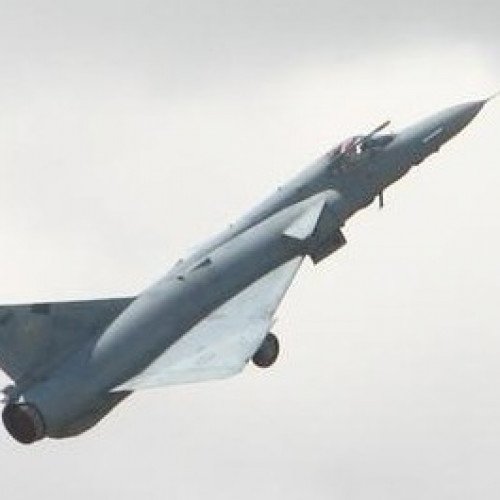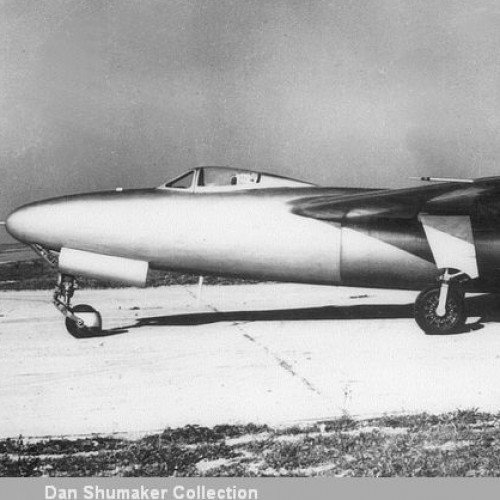Atlas Cheetah vs Arsenal VG 90

Atlas Cheetah
The Atlas Cheetah is a South African fighter aircraft designed and produced by the aviation company Atlas Aircraft Corporation (later Denel Aviation). It was developed at the behest of, and principally operated by, the South African Air Force (SAAF). The Cheetah was developed amid the Border War of the 1980s as a major upgrade of the French-built Dassault Mirage III fleet operated by the SAAF. The programme integrated technology from the Israeli-built IAI Kfir, which had been derived from the Mirage 5/IAI Nesher. The upgrade programme, which was known as Project Cushion, produced three variants; the two-seat Cheetah D, the single-seat Cheetah E, and the single-seat Cheetah C. All three models were inducted into the SAAF, functioning for a time as the service's most capable fighter and strike aircraft. A single Cheetah R, intended for aerial reconnaissance, was built as a prototype, but this variant never entered service. During 1992, the Cheetah E model was withdrawn from SAAF service; both the Cheetah Cs and Cheetah Ds were retired during April 2008, having been being replaced by the Swedish-built Saab Gripen. Since its retirement by the SAAF, a limited number have still operated in South Africa as flight test aircraft. Some have been exported, such as to the Ecuadorian Air Force (EAF) as a source of spare parts. The privately-owned company Draken International intends to use the Cheetah as an adversarial aircraft for combat training services in the United States.
Statistics for this Xoptio

Arsenal VG 90
The Arsenal VG 90 was a carrier-based fighter aircraft built in France in 1949, but which was not developed past the prototype stage. It was to compete against the SNCAC NC 1080 and Nord N.2200 for an Aéronavale contract, but both VG 90 prototypes were destroyed in fatal crashes early in the development programme. The first crash occurred on 25 May 1950, when an undercarriage door tore off in flight and struck the aircraft's tail. Pilot Pierre Decroo was killed in the crash. The second crash claimed the life of pilot Claude Dellys and took place on 21 February 1952 after the tail of the aircraft was torn off due to aerodynamic flutter. Dellys' ejection seat malfunctioned and did not fire. A third prototype, then under construction, was abandoned at this juncture. The VG 90 had a similar configuration to Arsenal's VG 70 and VG 80 research aircraft, with a high wing and all-swept flying surfaces. The intakes were mounted on the fuselage sides.